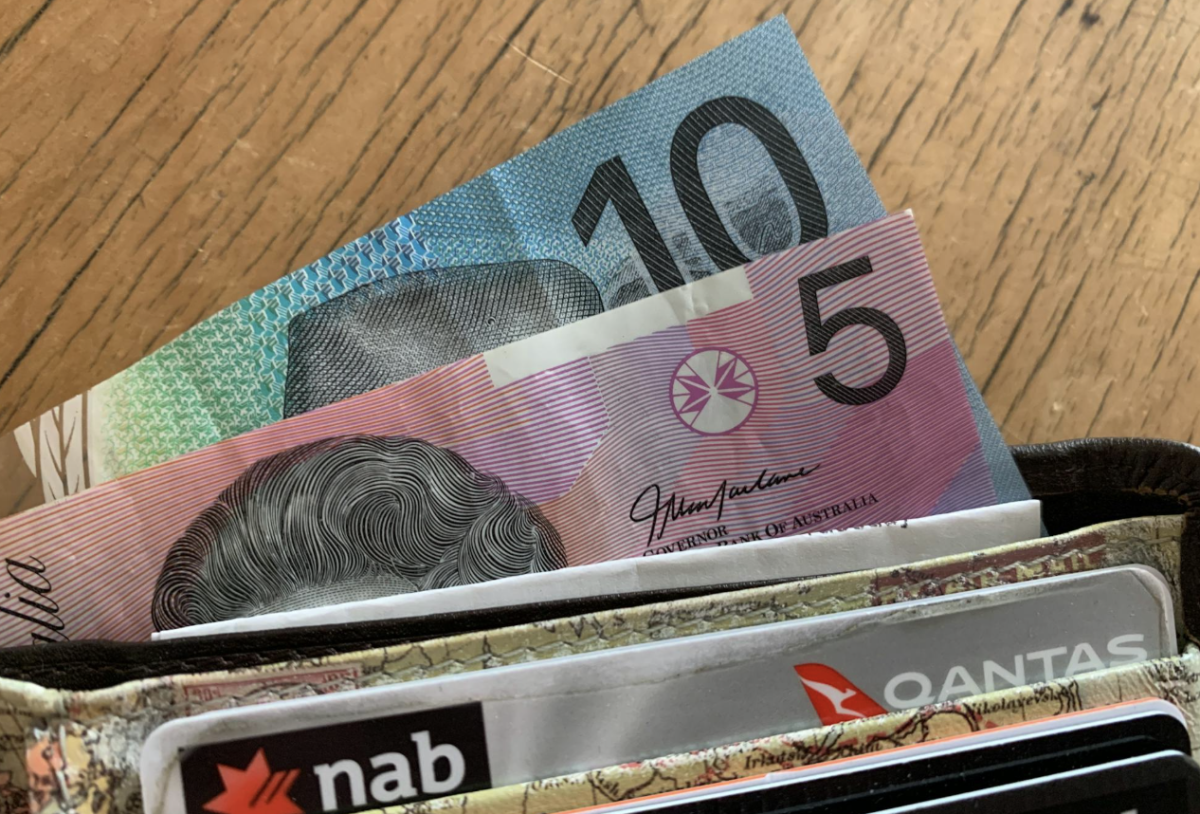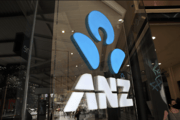
When your washing machine decides to give up the ghost on pension day minus one, or an unexpected medical bill lands in your letterbox, the fortnight until your next payment can feel like an eternity.
For millions of Australians facing such scenarios, there's a little-known lifeline within Centrelink that could bridge the gap.
The advance payment system allows eligible recipients to access their future payments early—essentially borrowing from themselves with no interest charges.
'Cash advances work like an interest-free loan,' Services Australia spokesperson Hank Jongen told Yahoo Finance. It's proving more crucial than ever, as new research reveals Australia has reached an uncomfortable milestone: one in seven people now live below the poverty line.
In this article
Your financial safety net when emergencies strike
Services Australia offers advance payments to help recipients manage unexpected expenses without the stress of high-interest loans or credit card debt. The system recognises that life rarely follows our budget plans, and sometimes we need access to money before our regular payment arrives.
'If you've found yourself in a situation where you have an expense you weren't prepared for, like replacing a broken fridge, household repairs or maybe an unexpected bill—this is where an advance payment could help'
The scheme works like an interest-free loan from your future self. You receive a lump sum now and pay it back through slightly reduced payments over the next 13 fortnights. There are no fees, no interest charges, and no complex approval processes for those who qualify.
Who's using advance payments and why
The numbers tell a story of financial pressure across Australian households. Over 2.8 million advance payments were processed in the 12 months to September 2025, with some people accessing the service multiple times throughout the year.
Services Australia said an individual can have multiple advance payments, so that figure would include some people requesting an advance more than once.
The breakdown reveals which groups rely most heavily on advance payments:
- Family Tax Benefit recipients: Just over 1 million instances, often timed around back-to-school periods when parents face sudden expenses for books, laptops, uniforms and supplies
- Disability Support Pension: 609,078 advances, reflecting the additional costs faced by people with disabilities
- JobSeeker Payment: 371,947 advances from those actively seeking employment
- Age Pension: 307,500 advances, showing even retirees sometimes need financial flexibility
- Carer Payment: 256,345 advances from those caring for family members with disabilities
Maximum advance amounts by payment type (2025)
For single people on maximum rate pensions: up to $1,678.50
Amounts vary based on your circumstances and which payment you receive
Repayment occurs automatically over 13 fortnights through reduced payments
Understanding your eligibility
The advance payment system has different rules depending on your circumstances. If you receive certain payments, you need to have been on them for at least three months before applying:
Three-month waiting period required:
- Age Pension
- Carer Payment
- Disability Support Pension
- Farm Household Allowance
- JobSeeker Payment
- Parenting Payment
- Widow Allowance
- Youth Allowance for job seekers
Immediate access available:
- ABSTUDY Living Allowance
- Austudy
- Youth Allowance for students
- Family Tax Benefit Part A
- Mobility Allowance
How to access your advance payment
The process is straightforward and can be completed entirely online. You can check your eligibility and apply through your Centrelink online account via myGov or using the Centrelink Express Plus mobile app on your phone or tablet.
The system will automatically calculate how much you're eligible to receive based on your payment type and circumstances. Once approved, the money typically appears in your bank account within a few business days.
Important reminders about advance payments
- It's your own money, accessed early—not additional welfare
- No interest or fees apply
- Repayment happens automatically over 13 fortnights
- You can apply online through myGov or the Centrelink app
- Multiple advances are possible if needed throughout the year
The bigger picture: Rising financial pressure
The surge in advance payment usage reflects broader economic pressures facing Australian households. Recent research shows 3.7 million people (14.2 per cent) are living below the poverty line, including 757,000 children (15.6 per cent). This represents an increase from 12.4 per cent in 2021-22, marking what researchers call an unacceptable situation for one of the world's wealthiest nations.
Australia ranks 15th highest for poverty among the 34 wealthiest OECD countries—higher than the UK, Germany and New Zealand. The housing crisis has particularly impacted those on lower incomes, with rental costs surging across major cities.
Between June 2021 and June 2023, median apartment rents jumped dramatically:
- Sydney: from $486 to $680 per week (40 per cent increase)
- Melbourne: from $395 to $528 per week (34 per cent increase)
- Brisbane: from $394 to $554 per week (41 per cent increase)
For seniors on fixed incomes, these cost increases can quickly turn manageable budgets into impossible equations.
Additional financial support options
Beyond advance payments, Services Australia offers several other programs that could help stretch your budget:
Financial Information Service (FIS) provides free, independent education to help you make informed decisions about your financial needs. While they don't offer personal financial advice, they can help improve your financial literacy and explore options beyond government payments.
No Interest Loans Scheme (NILS) offers safe, affordable loans for essential goods and services. Administered by Good Shepherd in partnership with community organisations across Australia, these loans have no fees or interest—you only pay back what you borrow. However, they cannot be used for bills, rent, paying off existing debt, or cash withdrawals.
Practical tips for managing unexpected expenses
While advance payments provide crucial emergency relief, building some financial resilience can help reduce future stress:
Create a small emergency buffer: Even $50-100 set aside each month can cover minor unexpected costs without needing an advance payment.
Time major purchases: If possible, plan larger expenses around your payment schedule to avoid cash flow problems.
Explore community support: Many local councils and community groups offer assistance with essential services, repairs, or emergency relief.
Regular budget reviews: Quarterly check-ins on your expenses can help identify where money goes and potential savings.
Looking ahead: Addressing financial hardship
The increase in advance payment usage signals that many Australians are living closer to the financial edge than we might expect. For seniors particularly, the combination of fixed incomes and rising costs creates ongoing challenges that go beyond what emergency advance payments can solve.
'More people in Australia are now living in poverty, and this confirms what our frontline staff see every day: individuals and families are being pushed to the brink by soaring housing and living costs, combined with inadequate income support'
While advance payments provide valuable short-term relief, longer-term solutions require broader policy responses to housing affordability and income adequacy. In the meantime, knowing about these support systems can help you navigate financial emergencies with less stress and avoid expensive credit options.
Your financial toolkit
Understanding what support is available can make the difference between a financial setback and a financial crisis. Centrelink's advance payment system offers one important tool, while programs like NILS and FIS provide additional options for different circumstances.
The key is knowing these services exist before you need them. Take a few minutes to familiarise yourself with your myGov account and explore what's available. Having this knowledge ready means you can act quickly when unexpected expenses arise, rather than scrambling to find solutions during stressful times.
Read more: Major Centrelink budgeting tool gets protective overhaul: What changes from November 3rd
What This Means For You
Have you ever used Centrelink's advance payment system, or do you have other strategies for managing unexpected expenses? Share your experiences and tips with fellow readers in the comments below—your insights could help someone else navigate their own financial challenges.
Primary Source
https://au.finance.yahoo.com/news/l...ia-hits-unacceptable-milestone-190015720.html
Poverty in Australia
Cited text: Our Poverty in Australia 2025: Overview found that there are 3.7 million people (14.2 per cent) living below the poverty line of 50 per cent of median income, includi...
Excerpt: Recent research shows 3.7 million people (14.2 per cent) are living below the poverty line, including 757,000 children (15.6 per cent)
https://povertyandinequality.acoss.org.au/poverty/
Poverty in Australia
Cited text: However, Australia has the 15th highest poverty rate out of the 34 wealthiest countries in the OECD—higher than the average for the OECD; higher tha...
Excerpt: Australia ranks 15th highest for poverty among the 34 wealthiest OECD countries—higher than the UK, Germany and New Zealand
https://povertyandinequality.acoss.org.au/poverty/
Poverty increases to 1 in 7 people—ACOSS
Cited text: Sharon Calister, CEO of Mission Australia, said: “More people in Australia are now living in poverty, and this confirms what our frontline staff see e...
Excerpt: As Mission Australia CEO Sharon Calister notes: 'More people in Australia are now living in poverty, and this confirms what our frontline staff see every day: individuals and families are being pushed to the brink by soaring housing and…
https://www.acoss.org.au/media-releases/?media_release=poverty-increases-to-1-in-7-people








